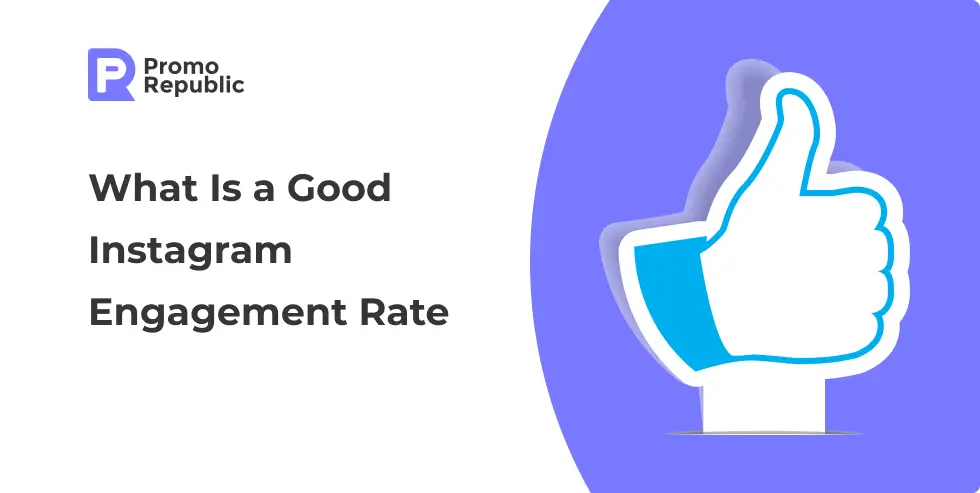Building a Content Plan Checklist

Content Marketing Manager
Last Thursday, September 27th, Dylan Hey was talking about one of the parts of marketing strategy which is always expected to be essential, and from which, actually, every marketer or agency owner shall start with before creating something. It’s about building a content plan, its pre-stages, the process itself, and the following actions.
Content planning, it appears, was measured by three big steps around which all other issues revolve. Regardless of whether agency owners are newbies or experienced in marketing, during the webinar the same pain things were mention. Getting the right content to the right audience while being unique was the most requested question, and, at the same time the hardest to solve.
As it usually happens, the answer is in the runoff. Due to his experience, Dylan suggests to break the process of content plan creation down into 3 main sections, which, of course, have different types and subtypes, and which are going to be discussed here, below in this post.
Conduct Research
The primary step of every content creation is learning all the aspects of the matter. Starting from what your competitors do and ending with what you can do better but discarding the unimportant details which bring no value.
“You have to thoroughly research your client’s business. You should have done a thorough kind of onboarding and discovery analysis process before working with it”, says Dylan.
Surely, performing a comprehensive analysis takes upfront time, but this is the only foolproof method to orient yourself and get a clear understanding of what goals can be set, and, what’s also important, you’ll able to determine the realistic results for your current and future clients, rather than make the obscure promises.
First of all, you should find out where the content of your competitors is. Start by observing the website and what categories the blog has and what social media pages are connected. While you’re creating the sitemap, keep an eye on the type of the content your competitors suggest for the visitors.
Are there any whitepapers? Or eBooks?
Still a few aspects to pay attention to in there:
- Quantity of content published to date
- Frequency of content publishing
- The ways of content distribution and how exactly do they speak about it
That means you need to get the numbers. As soon as you understand your competitor’s activity, you should evaluate their quality.
The good text is coherent and cohesive, well-structured and conveys the idea directly to a reader. And, from the marketer point of view, has a number of relevant keywords which help their content to be well optimized for search.
If you’re lack of time for staring your eyes at the screen while surfing the web alongside working with a spreadsheet, you can hire a person who can be responsible for that. Dylan suggests to set up the meeting where the analysis can be presented in the way of presentation or another form.
Goal Setting
Promptly upon your competitor analysis creation, you need to create your own plan. For that at first, you need to create a target buyer persona portrait. In this case, building a list of questions is quite logical. Dylan recommends using HubSpot template to better understand the audience who you’re going to create content for.
The next step is determining the types of content they will be interested in. Whenever you’re working with the client on content or social media management, the basic stuff like the table of content types and formats will be always useful.
As a starting point, your or your client audience has to get used to receiving the very basic types such as educational materials, promotional videos, motivation and fun content along with engaging and user-generated content (UGC).
There are a few of the different social media content formats you could use:
- Webinars
- Infographics
- Guides
- How-to articles
- Interviews with the experts
- Interviews with the users
- Custom illustrations
- Product updates
- Q&A sessions
- Case studies
Always test. Always keep an eye on the results. What type of content performed better? On what social media channel the audience react faster?
“Like me personally, I’ve seeing some incredible results with Instagram stories recently’, says Dylan.
There is a list of tools which Dylan has selected for you to ease your efforts and save a bit more time while planning :
- PromoRepublic – automatize the social media management process by suggesting a number of content ideas and scheduling posts a way ahead, and providing with the end results.
- Quora – an ask-and-share platform where you can put find not only a representative of your audience but an expert of your field whom you can contact with and discuss the dubious questions.
- BuzzSumo – helps to identify what content performs well by showing engagement in numbers, so to say, with this tool you can predict the results of the topic you’ve chosen.
- Google Trends – with it, you’ll be always on the ball, knowing what everybody talks about.
Action! Content Distribution
Gary Wee — you’ve probably heard this name — has created a very useful and powerful content model on how to grow and distribute your band’s social media content, which you can go through on SlideShare.
Prior to the marketing career, he obtained the years of experience by growing the wine business from $3 million to $60 million a year by 2005. Now his personal brand has become huge and he has a couple of million subscribers on YouTube.
The idea lays is smart work with content you’ve created rather than is sending and forgetting about it. According to Gary, the big piece of content should be divided into the micro pieces which drive awareness back to the original long-form content. So to say, he structured everything in the content pyramid.
This is a really genius strategy and works very well. Implementing at least a few ideas taken from it, it’s becoming possible to get a big value from just one piece of content.
“Microcontent is effectively short-form pieces of content made into memes, quotes, or stories”.
Of course, as soon as the content is distributed into different channels, your role of creator is changing into the role of an observer — oh, do sit down, take a deep breath, and watch how the audience react, listen to what they’re saying, and don’t forget to respond. Even more, recreate the information they share.
Hint 1: The idea or republishing isn’t new, but that doesn’t mean it is losing its effectiveness. Many marketers are still double-dipping their content. Medium and LinkedIn work well for this purpose.
Hint 2: Guest-posting represents a win-win situation for both a publisher and a writer. The publisher gets a qualitative piece of content while the writer finds the way of finding the audience that exceeds their own and, what’s also important, the writer also gets an opportunity to build the name. If it succeeds, your piece of content may be included in the email list and get an additional promotion.
Great content can’t stay unnoticed. Is there anything we haven’t included in the list? Let us know in the comment below!
Repetition is the mother of science, right? Make a click on a video at the begging of this post, watch carefully, and note even more secrets from Dylan.





